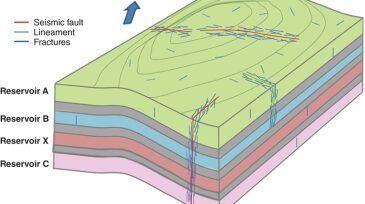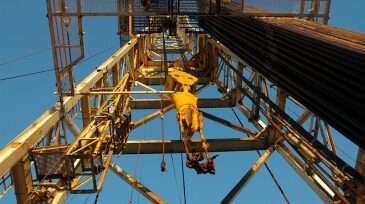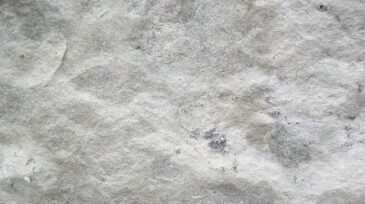carbonates
-
A pilot project demonstrates that facilities design plays an important role in providing sources of CO2 for the gas-handling process for injection into a carbonate formation as a tertiary recovery mechanism.
-
Natural fractures can have a significant effect on fluid flow by creating permeability anisotropy in hydrocarbon reservoirs.
-
The evolution of horizontal drilling and multistage completions has changed matrix stimulation from the “more acid, better result” belief to effective lateral distribution and deeper penetration with less acid.
-
Despite an abundance of discovered resources, most companies are still running at unsustainable reserves replacement levels, necessitating further investment in exploration of conventional and unconventional reservoirs.
-
This paper discusses a crestal gas-injection project that was carried out in a supergiant heterogeneous-carbonate oil field.
-
Because of their heterogeneity, carbonate reservoirs are more difficult to model than clastic reservoirs. The main difficulty comes from the number of different pore types, compared with the typical interparticle pore type in clastics.
-
Tight formations are candidates for hydraulic fracturing as the default. However, the solubility of carbonate by various chemicals provides opportunities to extend the well drainage radius effectively without the intensive equipment, material, and infrastructure demand of hydraulic fracturing.
-
The paper describes a novel methodology to construct distributed formation damage across openhole wells in carbonate reservoirs and to evaluate the effects of damage on zonal productivity.
-
Dimethyl-ether (DME) -enhanced waterflood (DEW) is a process in which DME is added to injection water and, upon injection, preferentially partitions into the remaining oil.
-
After 70 years of production, more than 30% of the Arab C reservoir stock-tank original oil in place has been recovered through various mechanisms including natural depletion, waterflooding, gas lift implementation, and horizontal-well development.








